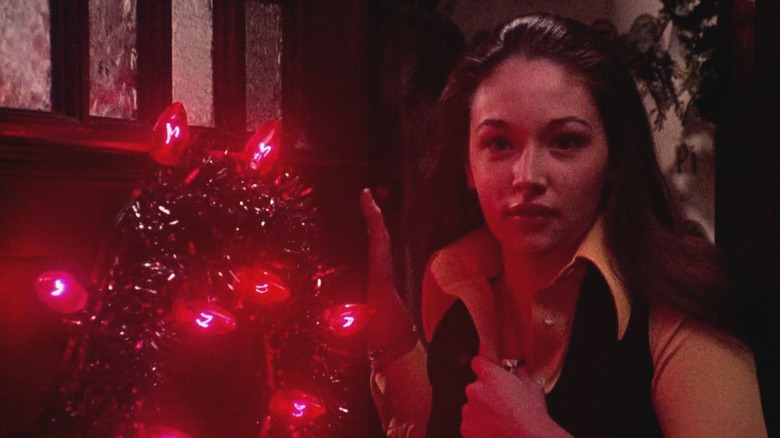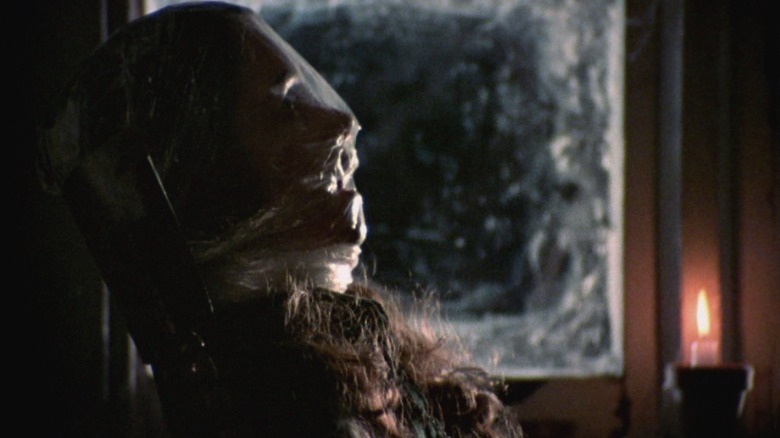Bob Clark Takes Pride In The Subtle Bloodshed Found In 1974's Black Christmas
"Halloween" might be the first modern slasher film, but Bob Clark's "Black Christmas" laid the groundwork for John Carpenter's similarly holiday-themed horror movie. Debuting in 1974, four years before the independent smash hit that became "Halloween" in 1978, "Black Christmas" might seem quaint compared to the bloody future of slashers that would arrive less than a decade later. The film's minimalism is arguably one of the film's strengths, though, as Clark relies more on the eerie quietness of a college campus during holiday break rather than blood and gore.
Clark's filmography is remarkably diverse in terms of genre and includes horror and thriller material like "Black Christmas" and "Murder by Decree" to comedies like the raunchy "Porky's" and the much lighter and more wholesome celebration of the holidays "A Christmas Story." The Canadian director's willingness to work on different types of films probably contributed to his desire to limit the shock and violence factor in "Black Christmas" in favor of suspense and dread. Curiously, Clark also signed on as an executive producer and gave his creative input for the 2006 remake, which took the opposite route and focused on the brutality of the kills, much to the dismay of critics noting the lack of tension and creativity.
Subliminal suspense
There's little explicit violence since a bulk of the kills happen off-screen, lending the film a whodunnit aspect that makes it a dark mystery as much as it is a proto-slasher. In another interesting divergence from traditional slashers, the killer is barely seen, instead making himself known through creepy predatory phone calls and through POV shots that inspired the beginning of "Halloween." There's a glimpse of his eye here, a peek at his silhouette there, but for the most part, the main slasher is shrouded in secrecy, missing an iconic mask or weapon unlike the slasher icons like Michael Myers. Bob Clark explains why he chose to use these visual and storytelling elements:
"I tried to achieve the terror through the subliminal sense of the killer and I think he's more frightening for that reason [...] The whole idea was the get the audience deeply emotionally involved with the terror of the victims [...] You are the camera and that is what they are looking at while they are being murdered or stalked [...] That makes you, the audience, involved directly."
Clark interestingly uses the word "terror," a word he perhaps intentionally uses to distinguish from "horror," which usually describes the shocking feeling that follows the conclusion of a particular scare. If seeing the killer stalk his victims through his eyes ratchets up dread and terror, then the gruesome moment of the kill is the horror. Clark, however, prefers to concentrate on the lead-up and the aftermath of the murders in "Black Christmas," terrifying whoever is watching as they get to experience the sick, voyeuristic sensation of a predator's hunt as well as the panicky mind of the remaining survivors as the body count racks up.

